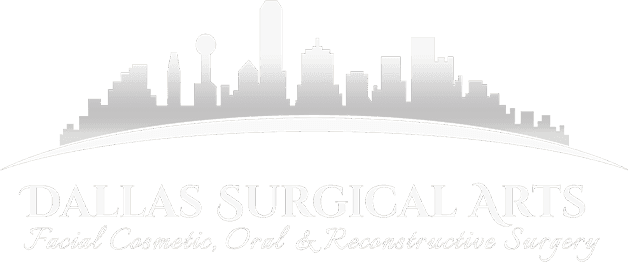If you are unhappy with the placement, shape, or size of your chin, you don’t have to simply accept it any longer. You can surgically change the positioning of your chin to better suit your own personal aesthetic, adding not just definition to the chin, but balance to the entire face.
The procedure is called a genioplasty, and it is meant to alter the shape and size of your chin permanently. A skilled facial surgeon cuts the chin bone and moves it to a more ideal position on the face. The technical term for this is an osteotomy, which can be used to both extend or reduce the chin.
Dr. Randy Sanovich performs genioplasty surgeries at his Dallas, Texas, oral surgery practice. He says there are two main types of genioplasty: sliding genioplasties and chin implants.
“Sliding genioplasties can move the chin forward to correct a recessed chin, or backward to correct a chin that juts out too far,” says Sanovich. “Chin implants use either a prosthetic, which is known as an alloplastic implant, or a biological implant, such as from a bone transplant. But alloplastic implants are far more common.”
So, are genioplasties painful? They certainly sound painful, but according to Sanovich, the pain is well managed at his practice.
“Genioplasties are performed under deep IV sedation, similar to the type used during a colonoscopy,” he says.
Recovery time for genioplasty is relatively easy as well.
“Most of my patients only experience minor bruising and swelling, and their pain is well managed with the aftercare regimen I prescribe,” he says.
As for that aftercare regimen, Sanovich is one of the few oral surgeons in the Dallas-Fort Worth area to use the drug Exparel, a non-opioid injection used at the surgical site to extend pain relief once the initial sedation wears off.
“Exparel is so effective at controlling post-operative pain that it reduces the need for opioid prescriptions during recovery – something that is very important to me.”
For those not ready to commit to a full genioplasty, there are also non-surgical chin-augmentation procedures available. These procedures include fillers and fat injections to help build up the presence of the chin, or injectable cosmetics like Kybella to reduce the size of a double chin. Yet another procedure, the Profound Lift, helps lift sagging skin under the chin caused by the loss of collagen and elastin.
“If you’d like to improve the appearance of your chin, the genioplasty is the gold standard, but there are plenty of options available,” Sanovich says.


